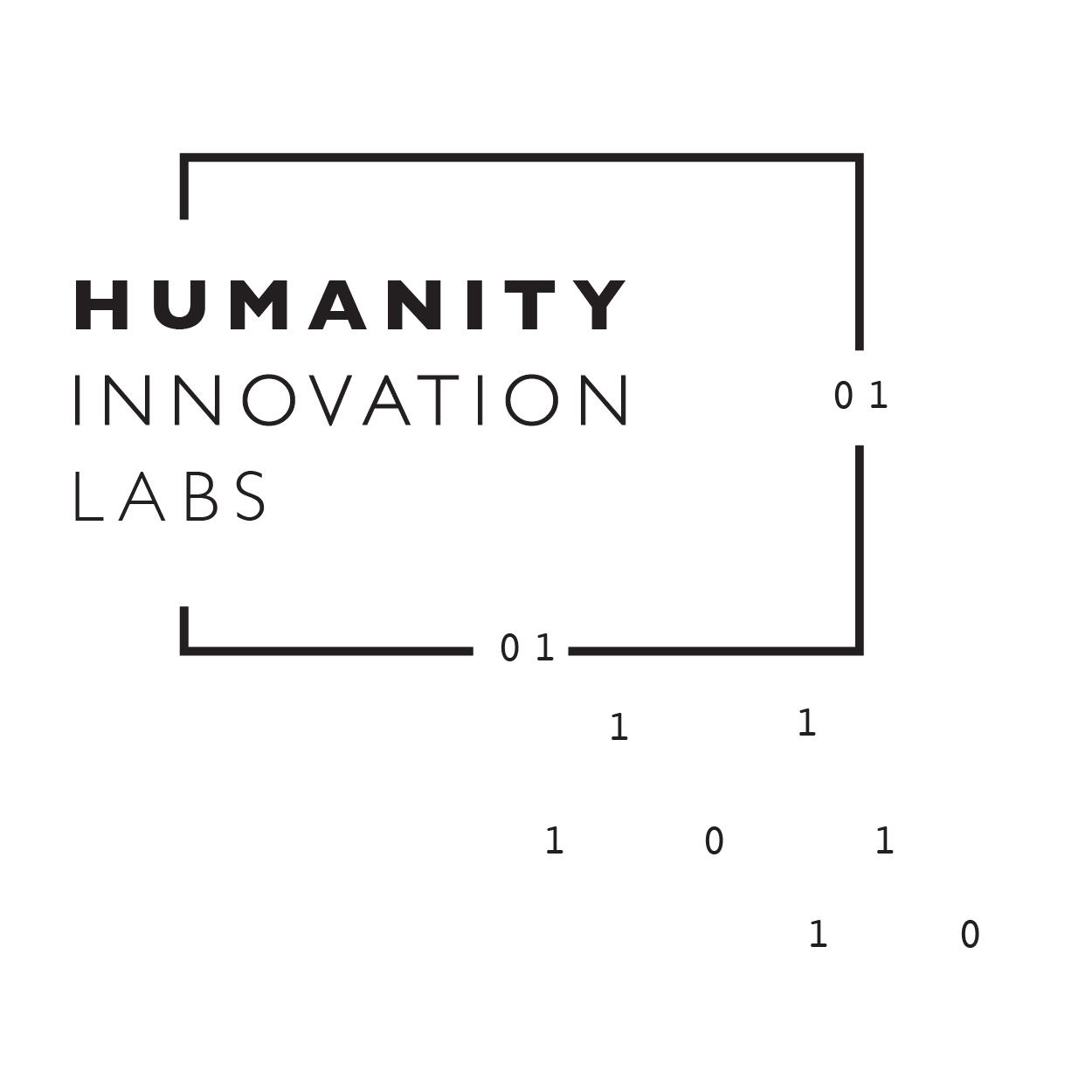Modernizing Manufacturing Processes
In an era defined by rapid technological advancements, manufacturing companies are facing the pressing need to modernize their systems and processes. To successfully navigate this transition, adopting a user-centric approach is crucial. This article explores how a manufacturing company can leverage various user research methods, including exploratory, generative, iterative, and evaluative, to effectively integrate new technologies over time.
1. Exploratory Research: Understanding Stakeholder Needs
Before embarking on the journey of modernization, it's essential for a manufacturing company to conduct exploratory research to understand the needs and expectations of various stakeholders. This involves engaging with employees, customers, and other relevant parties to gather insights and identify pain points in the current systems. Through surveys, interviews, and observational studies, the company can gain a holistic understanding of existing challenges and opportunities.
For example, interviews with production line workers might reveal bottlenecks in the manufacturing process, while customer feedback could highlight areas for improvement in product quality or delivery timelines. This initial research sets the stage for a user-centric approach by aligning the modernization efforts with the actual needs of the people involved.
2. Generative Research: Ideation and Concept Development
Once the company has a clear understanding of stakeholder needs, generative research comes into play. This method focuses on ideation and concept development, encouraging creativity and innovation. Workshops, brainstorming sessions, and collaborative design exercises can be employed to generate ideas for integrating new technologies into the manufacturing processes.
For instance, the company might explore the possibilities of implementing automation, IoT devices, or artificial intelligence to streamline production. By involving cross-functional teams and encouraging diverse perspectives, generative research helps generate a pool of ideas that align with the overarching goal of modernization.
3. Iterative Research: Prototyping and Testing
After identifying promising concepts, the manufacturing company can move into the iterative phase of research. This involves creating prototypes or minimum viable products (MVPs) to test and refine the proposed solutions. Through iterative testing, the company can gather feedback from end-users and iterate on the design based on their responses.
For example, if the goal is to implement a smart manufacturing system, an iterative approach would involve testing a small-scale prototype on a specific production line. Feedback from operators, supervisors, and maintenance teams can then be used to refine the system before scaling up. Iterative research ensures that the chosen technologies are not only effective but also user-friendly and seamlessly integrated into existing workflows.
4. Evaluative Research: Assessing Long-Term Impact
As the manufacturing company begins the implementation of the new technologies, evaluative research becomes crucial for assessing the long-term impact. This involves ongoing monitoring, data collection, and feedback loops to ensure that the modernization efforts are achieving the desired outcomes and meeting the evolving needs of stakeholders.
For instance, if the implementation involves a shift to predictive maintenance using IoT sensors, evaluative research would track equipment reliability, downtime reduction, and overall production efficiency over time. Regular assessments ensure that the company can adapt and make necessary adjustments to optimize the benefits of the modernized systems.
Modernizing manufacturing processes requires a thoughtful and user-centric approach. By employing exploratory, generative, iterative, and evaluative research methods, a manufacturing company can navigate the complex landscape of technological integration with a focus on meeting the needs of stakeholders. This iterative and adaptive approach ensures that the modernization efforts not only enhance efficiency but also contribute to the overall success and sustainability of the manufacturing enterprise.
If you are looking for an expert who understands how to modernize your legacy systems and create solutions that allow people to seamlessly interact with technology, we're here to help. Schedule a consultation with our experienced team to learn more about our research and design services. Let's shape the future of technology together!

